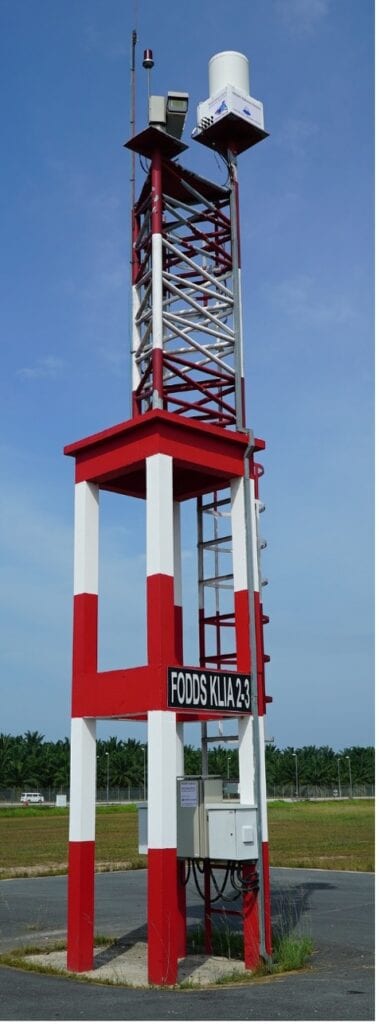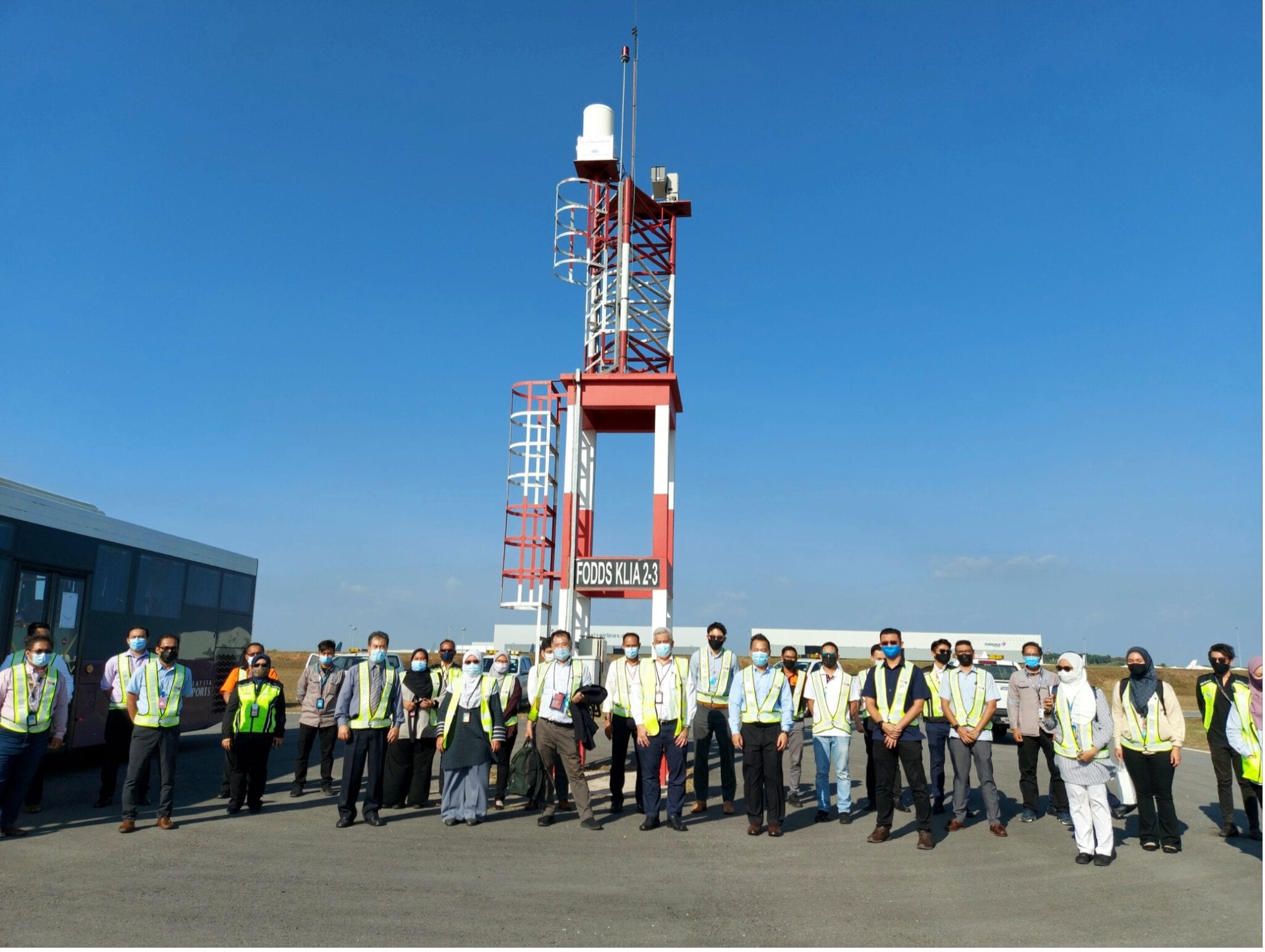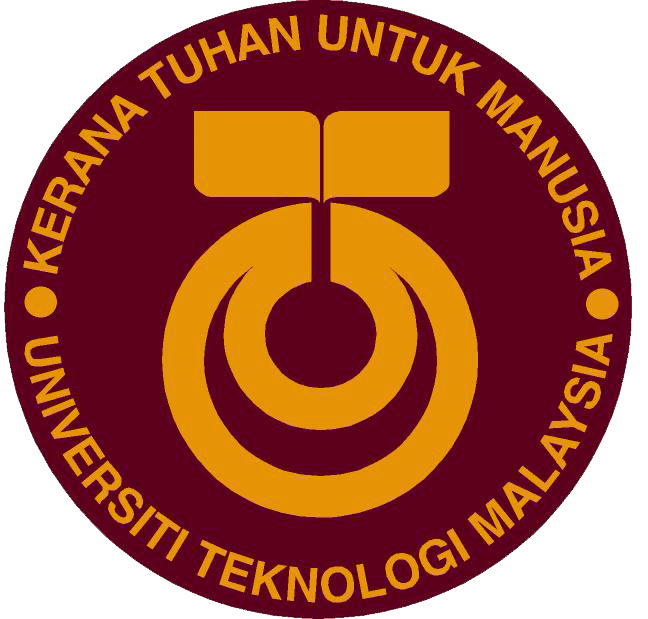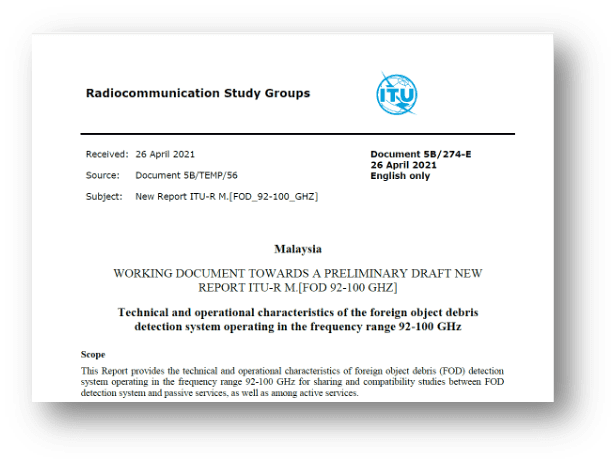JOHOR BAHRU – Recently, Universiti Teknologi Malaysia (UTM) lecturers had represented Malaysia for the third times at the International Telecommunication Union – Radiocommunication (ITU-R) under the Working Party 5B meeting from 10 May until 21 May 2021. The meeting was attended by Prof. Ir. Dr Sevia Mahdaliza Idrus and Dr. Sumiaty Ambran to report the finding of the field trial project of Foreign Object Debris Detection System (FODDS) at Kuala Lumpur International Airport (KLIA).
UTM has made a joint contribution with Hitachi Kokusai Electric Japan for the FOD system operating in the frequency range 92 – 100 GHz, as the only contribution from Asia in the meeting. The joint contribution has been approved during the planetary meeting of the Working Party 5B on 21 May 2021. The Working Party 5B of ITU-R covers standardisation for maritime mobile service including the Global Maritime Distress and Safety System (GMDSS), the aeronautical mobile service and the radio determination service. This is a huge Malaysia-Japan contribution to ITU-R where standards for radiocommunication system has been developed. The project is a multilateral collaborative effort between UTM, Malaysia Airports Holdings Berhad (MAHB) and Hitachi Kokusai Electric Co Ltd (HiKE).
The FODDS project has reached its second phase. Despite COVID-19 pandemic and movement control restriction, three Japan experts along with iSmartUrus Sdn. Bhd., a UTM spin-off company were able to installed and configured the system earlier this year. The first phase was completed on 31 March 2021 with six towers equipped with state-of-the-art FODDS radar covering 50% of Runway 2, KLIA. The radar system can detect any kind of foreign object debris (FOD) as small as 1-centimetre metal FOD on the runway with high accuracy and efficiency using 90 -100 GHz radar band covering 500 meters radius as early as four seconds.
The KLIA FODDS Project Leader, Prof. Sevia said the new FODDS has comprised high-technology radars that are highly accurate and fast in detecting FOD. On top of that, high-resolution cameras are also used to ensure the high-quality images of the FOD are able to be captured upon detection.
“The FODDS also enables real-time data collection thus expediting operations in identifying and clearing the FOD as quickly as possible. Based on the airport experience, common FODs that normally found on the Runway could be divided into organic such as wildlife and debris such as aircraft tools and loose stone,” Prof. Sevia added.
These FODs could possibly cause harm to flight operations particularly during critical phases of landing and take-off. “Quoted from International Civil Aviation Organization (ICAO) regulation, the operations team of KLIA is required to inspect the runway four times a day (every 6 hours interval). With this FODDS system around us, we can perform detection and data collection simultaneously in real-time around the clock,” said Prof. Sevia.
The project has been published on many occasions and recently the progress meeting and system demonstration was conducted on 26 February 2021 at KLIA. The event was attended by the representative of the Ministry of Internal Affairs and Communications (MIC), Japan, Civil Aviation Bureau, Japan, Japan Embassy, Ministry of Communication and Multimedia (KKMM) Malaysia, Civil Aviation Authority of Malaysia (CAAM) and Malaysian Communication and Multimedia Commissions (MCMC).

Prepared by: Sumiaty binti Ambran




